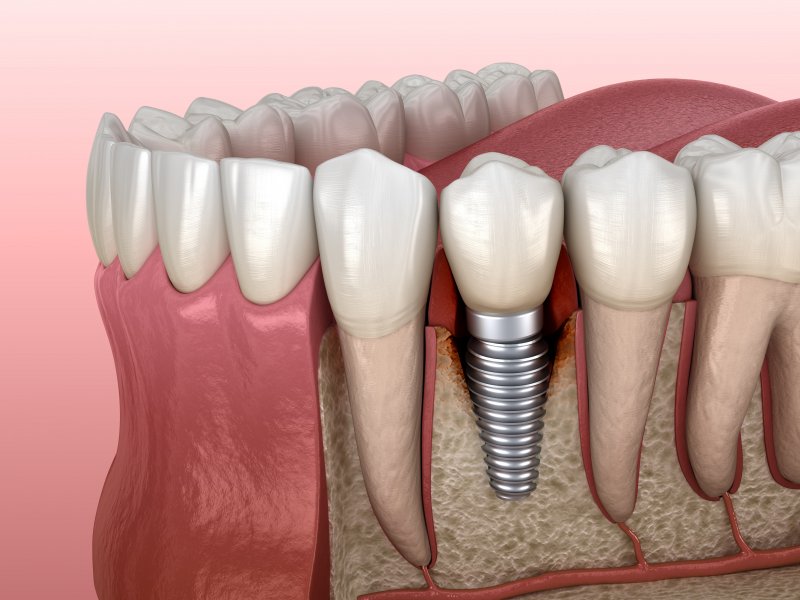
Dental implants are becoming more and more widely accepted as a modern option for replacing teeth. The procedure has proven to be highly reliable with a 95% success rate. However, dental implant failure is still a possibility, and if it happens, you may need to have the post removed altogether while your dentist works to treat the underlying problem. What can you expect when your dentist is removing a failed implant? The post below will cover the basics.
The Process of Removing the Implant
First of all, your mouth will be numbed so that you don’t feel any discomfort during the surgery. You may also receive some type of dental sedation to keep you calm and still. If oral conscious sedation is used, plan on having someone else drive you home afterwards, as it takes time for the effects to fully wear off after your procedure.
If the failure has occurred shortly after implant surgery, the removal process is relatively simple since the post hasn’t fused to the jawbone yet; the post can be taken out with little problem. For posts that have been in the mouth longer and are more firmly attached to the jawbone, the process can be a little more complicated. Your dentist will need to plan the procedure carefully to avoid damaging the rest of the jaw while taking out the dental implant. A small amount of tissue may be removed along with the post, but your dentist will take steps to preserve as much of the natural bone tissue as possible.
Oftentimes, bone grafts are performed right after an implant is removed. This is done to rebuild the natural bone tissue if any bone loss has occurred. If a bone graft is successful, you may be able to have new dental implants placed at a future date.
After the Implant Removal
Swelling and soreness often occur after implants are removed. You will be given instructions on how to manage your symptoms, such as by taking pain medication or only eating soft foods. Follow-up appointments may be scheduled so that your dentist can make sure your mouth is recovering properly.
When Can a New Implant Be Placed?
Obviously, you’ll want to get a new implant post as soon as possible once the issue that caused the failure in the first place is fixed. Sometimes it’s possible to place a new implant right away if there’s no sign of infection at the removal site and if there’s plenty of jawbone to support the implant. More often than not, though, your mouth will need some time to fully recover before a new implant can be placed. Usually, the waiting period is between 4 and 6 months.
Dental implant failure can be concerning, but as long as you have a reliable dentist and team to turn to, you shouldn’t have anything to worry about. Be sure to ask any questions you might have about the process and whether you’ll be able to get new implants afterwards.
About the Author
Dr. Rob McVety has been working in the dental field for several years now. He attended a General Practice Residency at the Veterans Hospital in Denver, Colorado, where he received advanced training in implant placement. He has also completed the Advanced Implant Educators dental implant placement course. If you are worried about implant failure, schedule a consultation with Dr. McVety at Casco Bay Smiles by visiting his website or calling (207) 517-7008.
